Value is a fundamental aspect of art that often goes unnoticed but plays a crucial role in creating depth, form, and contrast in artworks.
In simple terms, value refers to the lightness or darkness of a color. It adds dimension and realism to art by portraying how light interacts with objects.
Read on for a deep dive into value, one of the most essential elements of art.
What Is Value In Art?

Value in art is like the light and shadow in a painting.
It’s about how light or dark the colors are. Imagine a scale from pure white to pure black, with all shades of gray in between. That’s the value scale.
Artists use value to create different effects. They can make things look three-dimensional by using light and shadow. They can also make certain parts of the painting stand out by contrasting light and dark.
Understanding value might seem tricky at first, especially because it’s tied to color. But once you get the hang of it, you’ll see how it can make your art pop!
7 Principles of Art
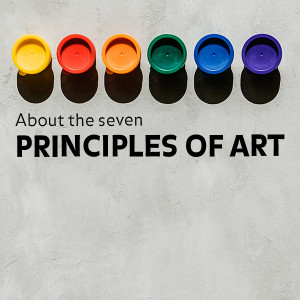
- Balance
- Contrast and Emphasis
- Movement and Rhythm
- Unity and Variety
- Harmony
- Pattern
- Proportions and Scale
7 Elements of Art
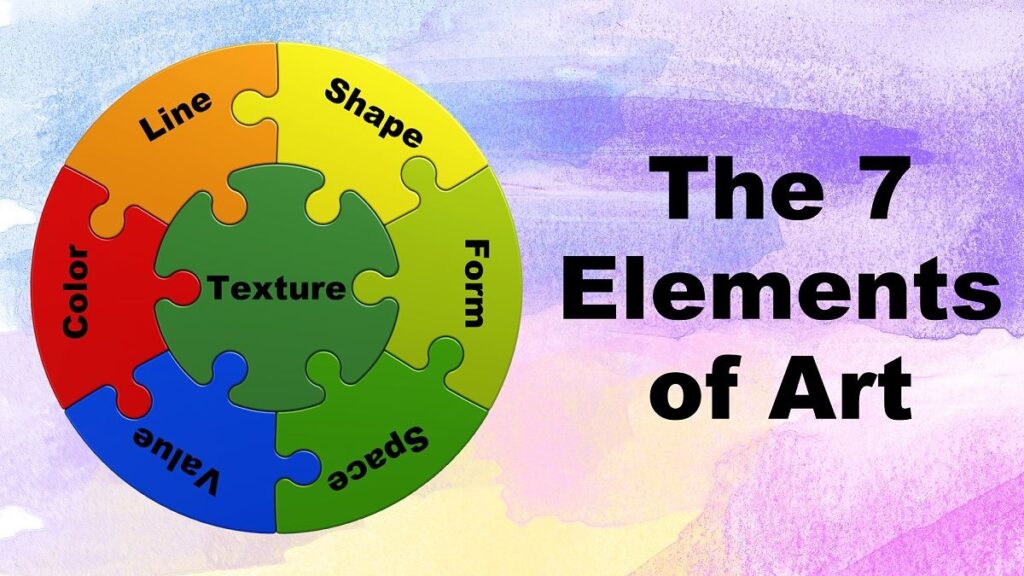
Value is one of the elements of art, not the principles of art.
You can learn about each principle of art and element of art in the linked articles below:
The Relationship Between Value and Color

In the world of art, color and value are like two siblings – they share similarities but also have their own distinct characteristics.
Let’s start with color. Color is what we see when light reflects off objects and enters our eyes. It’s like the rainbow of hues we recognize, such as red, blue, and green. Think of it as the different flavors in a pack of candies. Each color has its own personality and evokes different feelings.
Now, value is a bit different. It’s like the lightness or darkness of a color. Imagine you have a grayscale version of the color wheel – that’s where you see the values. It’s like looking at the same candy but in different shades, from super bright to really dark.
Sometimes, color and value can seem mixed up. This happens because the intensity of a color can make it look lighter or darker. For example, a soft, pastel color might seem brighter than a bold, dark one.
Knowing the difference between color and value is key for artists. It helps them create eye-catching artworks that grab our attention and make us feel things.
From what I’ve seen, value often takes the spotlight in the final artwork, but it works hand in hand with color to make something truly special.
Types of Value in Art

In art, value refers to the lightness or darkness of colors.
These different values interact to create various effects in a painting, influencing its mood and depth.
Here are four main types of value:
- High Key: Imagine colors with lots of white mixed in, making them appear very light. These are high key colors, residing on the paler side of the value scale. They often evoke feelings of brightness and cheerfulness.
- Low Key: On the flip side, low key colors contain more black, resulting in darker shades. They sit at the darker end of the value scale, conveying emotions of mystery, drama, or even melancholy.
- High Contrast: When two colors with vastly different values are placed next to each other, they create high contrast. For instance, pairing a very dark shade with a very light one, like dark blue and light blue. This sharp contrast adds dynamism and visual interest to the artwork.
- Low Contrast: Conversely, when colors have values that are only subtly different, they produce low contrast. Think of shades that are slightly varied, such as light and medium blue. This softer contrast imparts a sense of harmony and tranquility to the composition.
The Value Scale

The value scale is like a roadmap for artists to understand and play with the lightness and darkness in their artwork. It was first put together by Denman Ross in 1907 and is still super useful for artists today.
Artists use this scale to figure out how to create contrasts, depths, and shapes in their work. They can make things look more 3D or make certain parts stand out more by playing with these shades.
Understanding the value scale helps artists make their artwork more impactful and lifelike. It’s like a toolbox for controlling how light and shadow show up in their art.
Accurate Values
Accurate values in art are like the true shades of colors, showing how light or dark they are compared to everything else in the artwork. Think of it as capturing the exact brightness or darkness of a color.
To get these values right, artists often study how light interacts with objects in real life. They pay attention to how light hits things and creates shadows.
Getting accurate values is super important because it helps make art look more real and three-dimensional. It’s like tricking your eyes into thinking what you’re looking at is actually there!
Why is Value Important in Art?
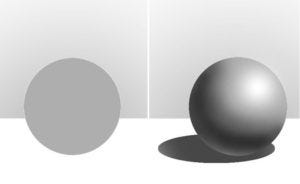
Value is a crucial element in art for several reasons.
Firstly, it aids in creating depth and form within a piece, allowing artists to simulate three-dimensional space on a two-dimensional surface. This technique enhances the realism of the artwork, making it visually compelling.
Secondly, value sets the mood and atmosphere, influencing the emotional response of the viewer. Darker values can evoke mystery or drama, while lighter values may convey serenity or joy.
Additionally, value guides the viewer’s eye, directing attention to focal points and creating a sense of movement.
Finally, by incorporating a range of values, from highlights to shadows, artists add complexity and visual interest to their work, captivating the viewer’s attention.
How is Value Used in Art?
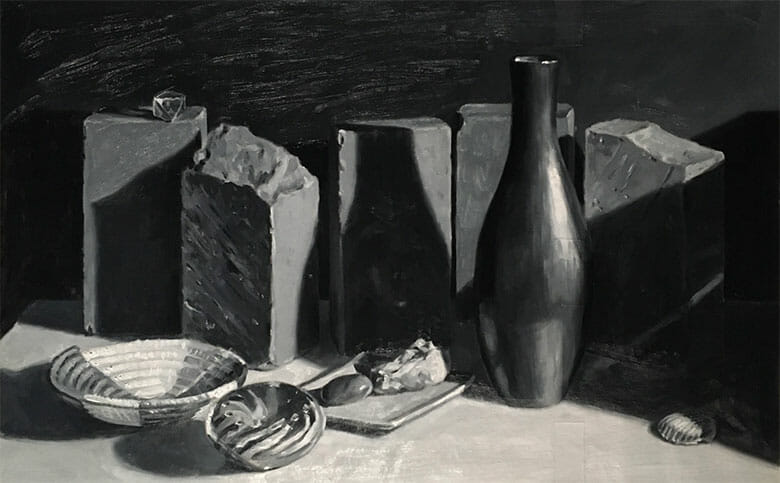
In art, value is like the magician’s wand, adding layers of meaning and depth to a piece.
Let’s break it down:
- Contrast and Depth: Value acts as the spotlight, helping shapes and objects stand out. Just like shadows in real life, it creates depth and dimension, making the artwork feel alive.
- Composition and Emphasis: Think of value as the director, guiding your eyes across the canvas. Darker areas pull you in, while lighter ones gently lead your gaze. It’s like a visual roadmap, directing attention to what the artist wants you to see.
- Mood and Atmosphere: Value is the mood setter. Dark shades can cloak a piece in mystery or drama, while lighter tones bring in a sense of calm or freshness. It’s like the lighting in a movie, setting the tone for the scene.
- Realism: Value is the secret sauce for making flat images feel 3D. By playing with lights and darks, artists create the illusion of depth, making you feel like you could reach out and touch the artwork.
- Creative Concepts and Expression: Here, value becomes the storyteller. Artists use it to convey emotions, ideas, and messages. Whether it’s a subtle hint or a bold statement, manipulating value adds layers of meaning and sparks imagination.
Techniques To Create Value In Art
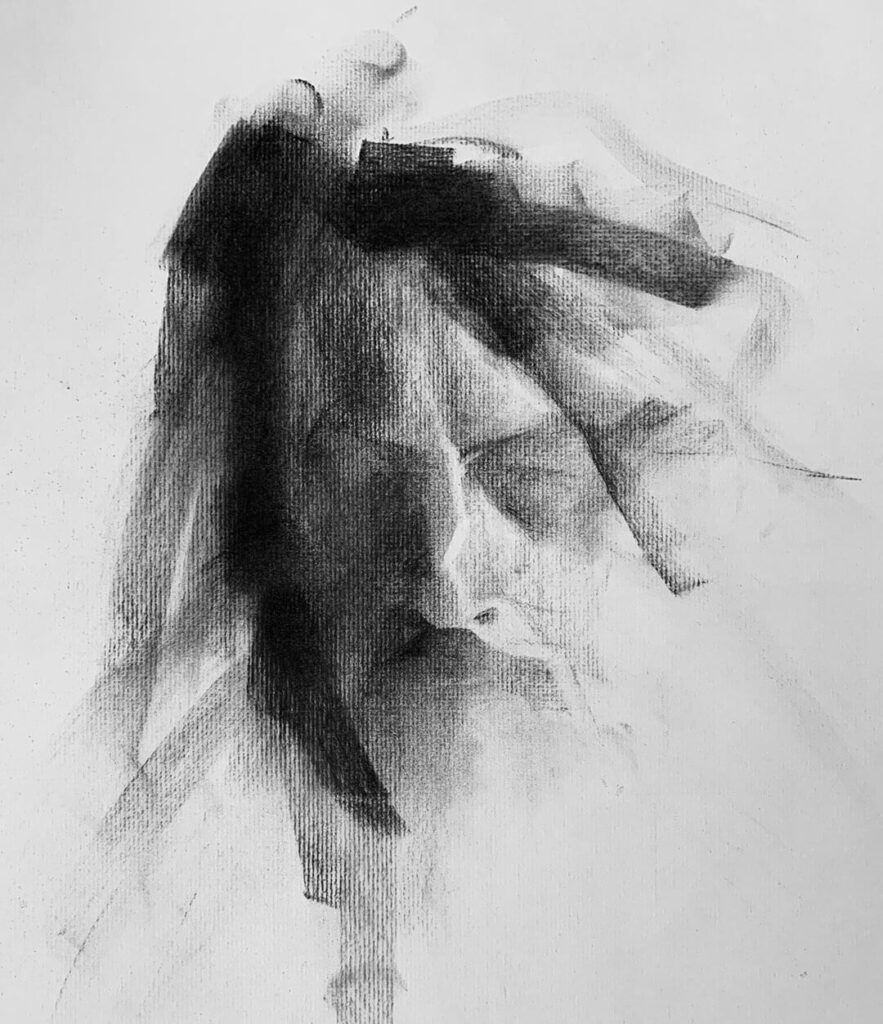
Traditional art often uses techniques like shading, hatching, and cross-hatching to achieve a range of tones from pure white to pure black and everything in between.
Chiaroscuro Technique
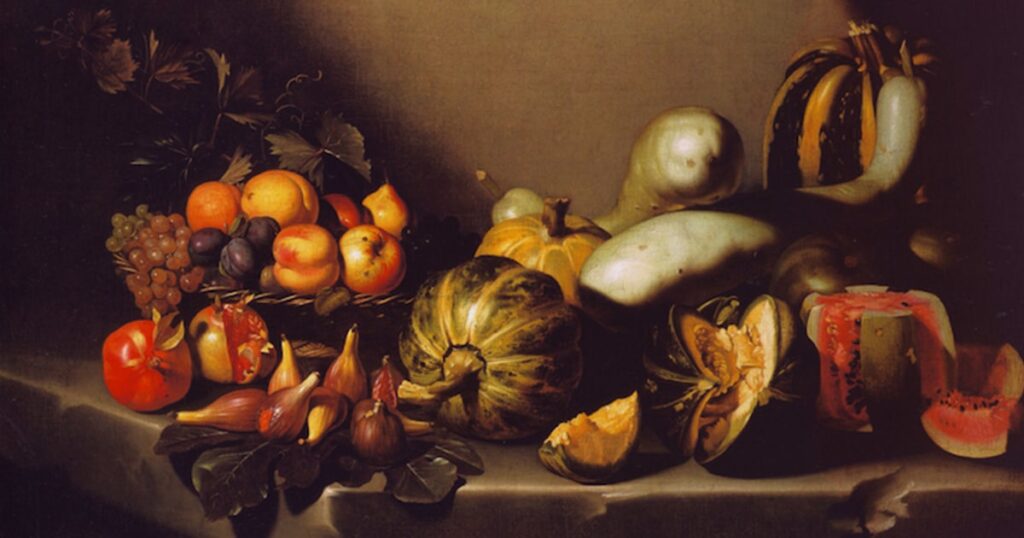
The chiaroscuro technique, used notably during the Baroque era, is all about playing with light and dark to make artworks more intense and captivating.
Imagine a painting where bright whites stand out sharply against deep, dark shadows.
This creates a kind of visual punch that grabs your attention. Caravaggio, a famous artist from that time, was a master of this technique.
His paintings, like “The Denial of St. Peter,” are known for their strong light and dark contrasts.
In that painting, notice how the light hits the woman’s face, drawing your eye right to her. Meanwhile, the deep shadows add a sense of tension and excitement.
Another of Caravaggio’s famous works, “Saint Jerome Writing,” also showcases chiaroscuro. Here, the dark background sets off the lighter parts of the scene, making them pop out vividly.
So, chiaroscuro isn’t just about light and dark—it’s about using them to create drama and make the artwork really stand out.
Conclusion
In summary, value in art acts as a silent storyteller, enriching compositions with depth, emotion, and meaning.
Like a conductor guiding an orchestra, it orchestrates the interplay of light and dark, directing the viewer’s gaze and setting the mood.
Through techniques like chiaroscuro and careful manipulation of contrast, artists breathe life into their creations, transforming mere colors into captivating narratives.
Understanding the significance of value not only enhances artistic skills but also fosters a deeper appreciation for the profound impact it has on the visual experience.
So, whether exploring the subtle nuances of grayscale or reveling in the bold contrasts of high-key and low-key values, embracing the power of value opens doors to a world of artistic expression and discovery.

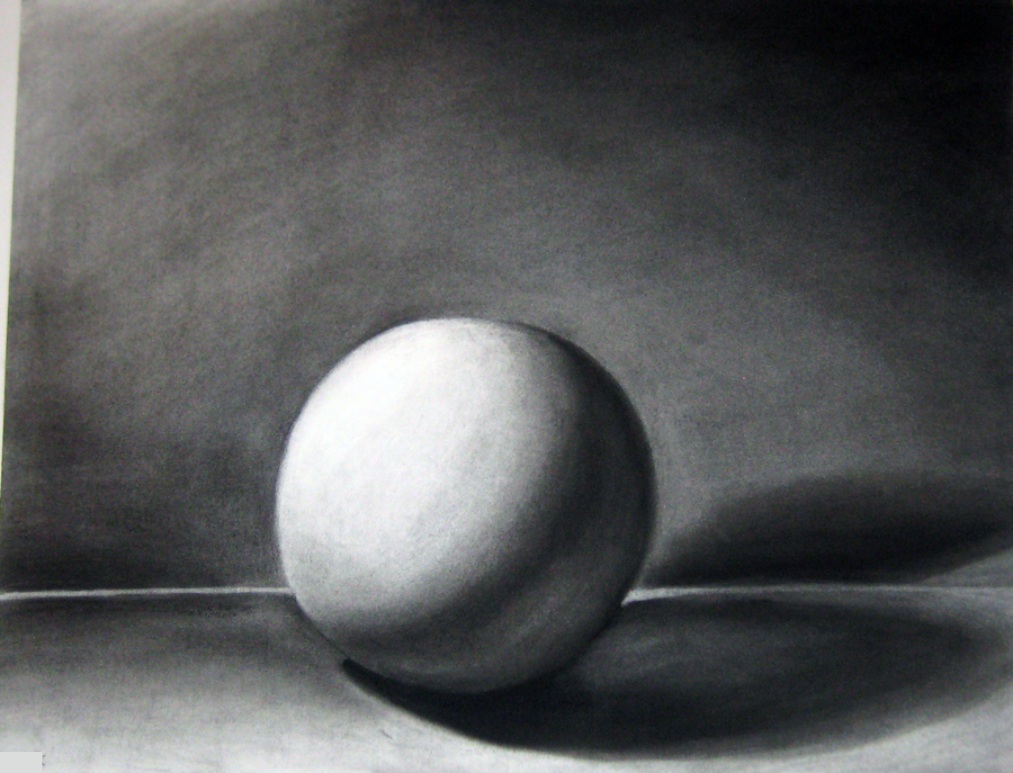
Leave a Reply